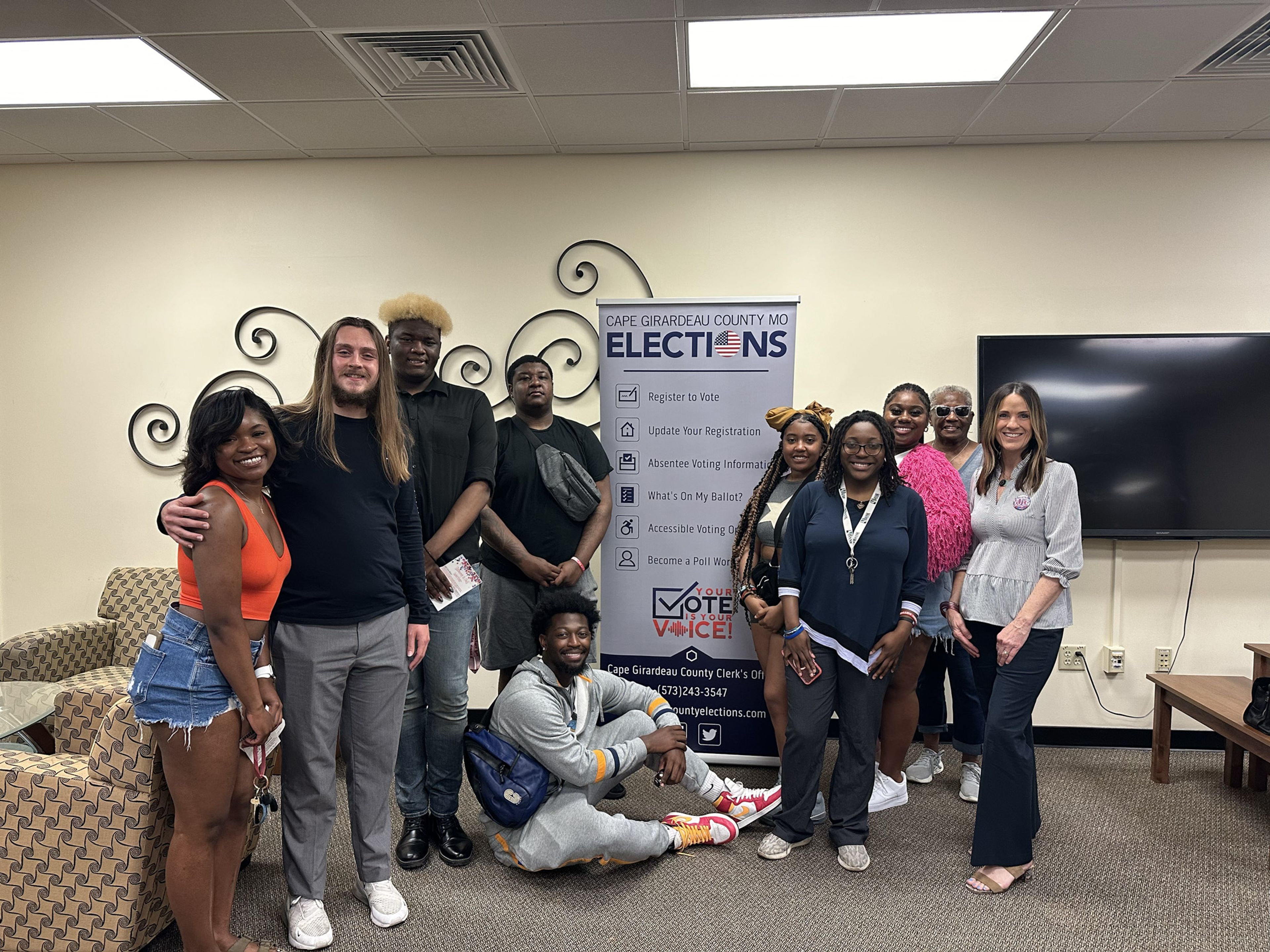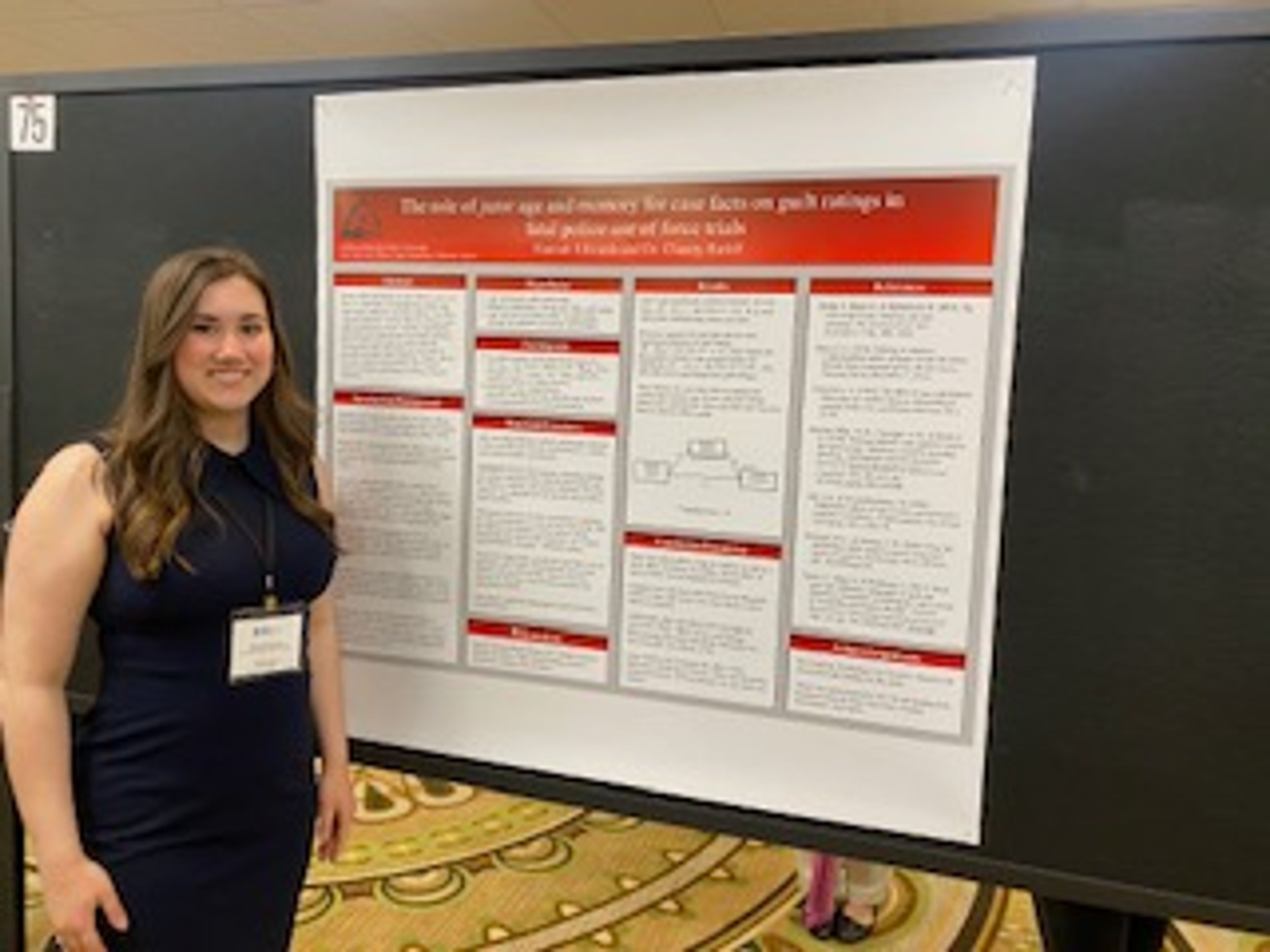The College of Education has recently faced many changes to its requirements and curriculum, and it is about to launch another. The college is switching to a new form of teaching known as "one to one," which integrates technology into the way the faculty teaches and the way the students learn. Students in the College of Education will now be required to rent iPads the same way they rent books.
Some surrounding school districts, including Cape Girardeau, already have made the change to convert to a one to one program.
"It is not uncommon anymore for each child in the classroom to have their own device, so we have to prepare teachers to work in those districts," dean of the College Education Diana Rodgers-Adkinson said. "The most effective way to train somebody how to integrate tech as an educator is to integrate it into their own program."
The education program will integrate one to one into the curriculum as a three-phase process. The first stage is "Tech for You" where the freshmen take basic university classes and receive an iPad to use for their personal note-taking, screen shots, recording lectures and simply using the devices in different ways to improve their own ability to utilize the technology.
The second phase, called "Tech for Us," takes place when students enter the program and start taking education classes. The students and teachers will then collaborate, to change the way teachers are teaching and the way students are learning in the education courses.
In the last phase, "Tech for Them," students take what they have learned using their technology resources throughout the program and go out to teach it to their students. Rodgers-Adkinson hopes that after students complete the first two phases, they will feel prepared and be completely competent to teach their lessons using technology.
Though the transition is inevitable and many are excited, some students and faculty members are hesitant about the switch since they have never been taught or have taught this way before.
"I don't think I'd like it very much because it's so different, but it may be beneficial to me in student teaching if I could use it in my classroom. That'd be nice," Southeast student Samantha Free said.
Rogers-Adkinson said that whether the students and teachers would rather continue to learn and teach with traditional paperback books or with online e-books, schools are changing, and teachers are going to have to be able to teach children with iPads and e-books.
For those students and teachers who are not digital natives, the change will be challenging; however the faculty is planning professional development for the faculty and talking about how to make sure the students and teachers are getting the training they need on their new devices.
Inevitably, with the new technology comes change to the curriculum. Faculty will now be able to change the kind of activities they do in their classroom every day through downloaded applications on iPads and instant access to them.
The main goal of transitioning to the one to one program is to produce marketable teachers who know how to use technology effectively to adapt to all their students' needs and provide some with the beneficial tools they need to help meet the same learning objectives as the other students.
"The focus is how do we help them use this to enhance the learning for all," Rodgers-Adkinson said. "Then the secondary benefit is that we need the students to be able to be prepared for the market. We have so many districts around us that have gone one to one and that's the basic minimum skill that they should be coming out of our program with."





